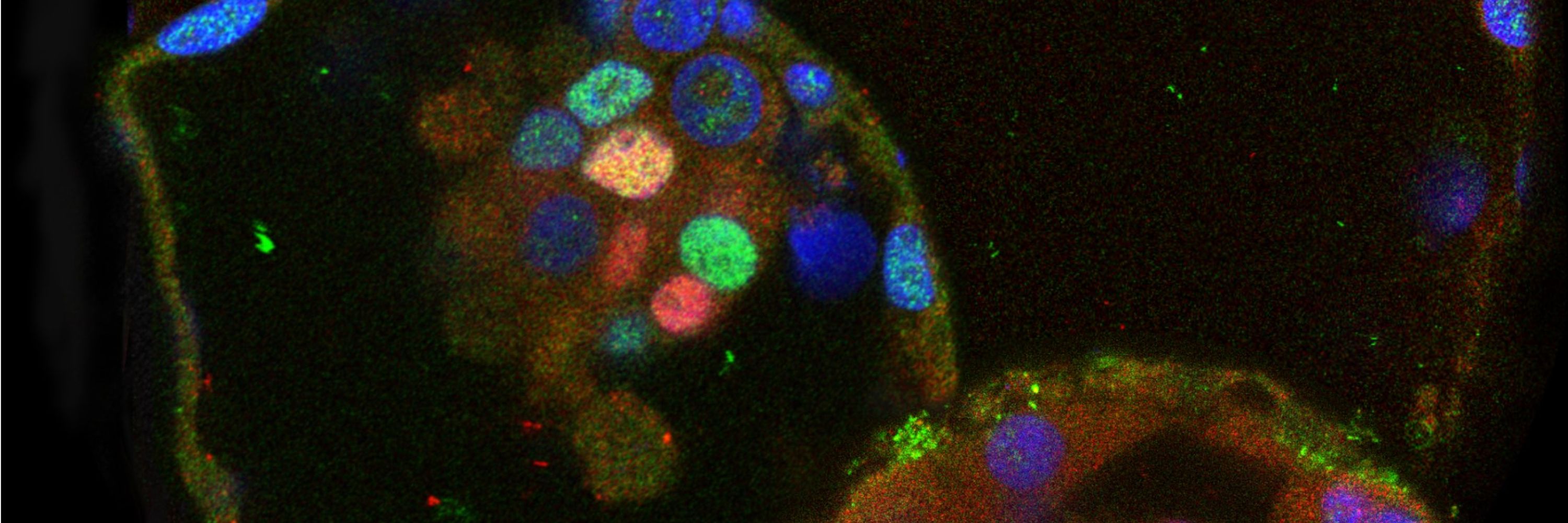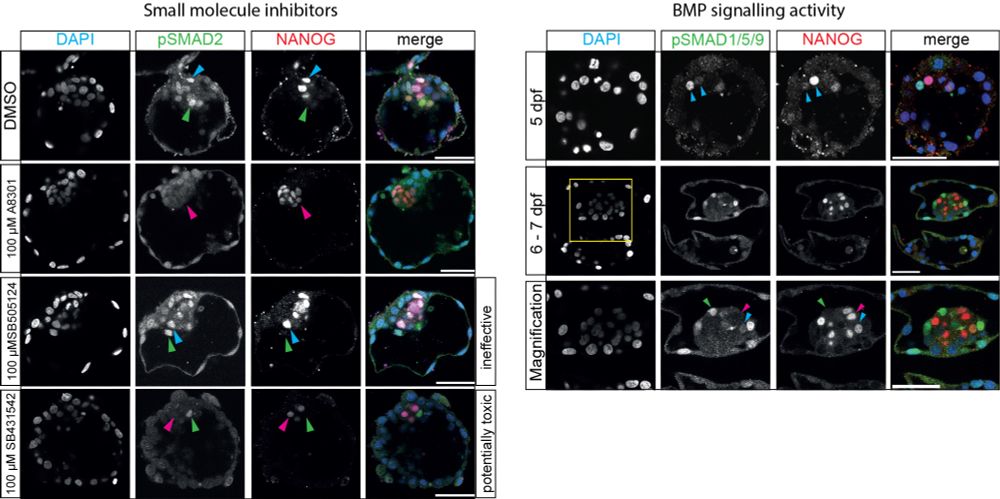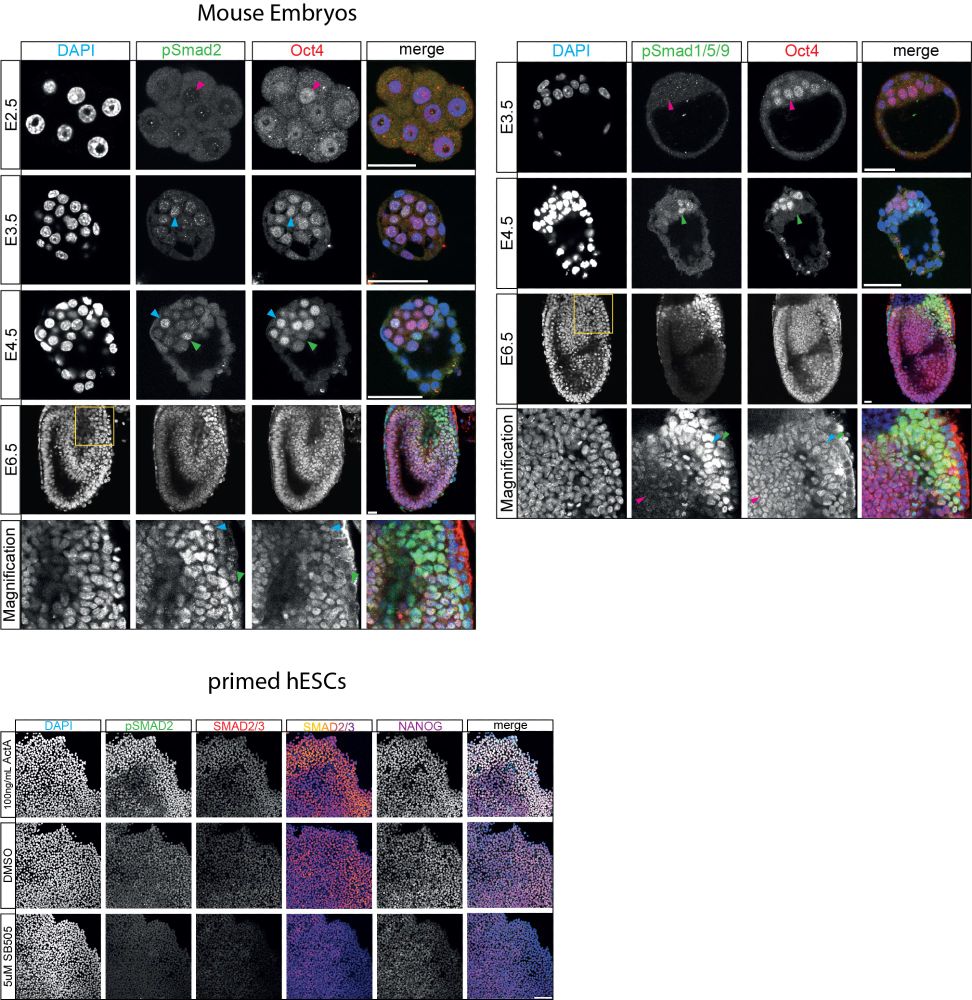
Special thanks once again to Kathy @niakanlab.bsky.social and Richard Acton at @babrahaminst.bsky.social

Special thanks once again to Kathy @niakanlab.bsky.social and Richard Acton at @babrahaminst.bsky.social
the Niakan Lab, and our collaborators
in the labs of L. Vallier, P. Rugg-Gunn, and C. Hill, who made this work possible. 9/10
the Niakan Lab, and our collaborators
in the labs of L. Vallier, P. Rugg-Gunn, and C. Hill, who made this work possible. 9/10





I'll cross-post my Twitter thread below.
I'll cross-post my Twitter thread below.

